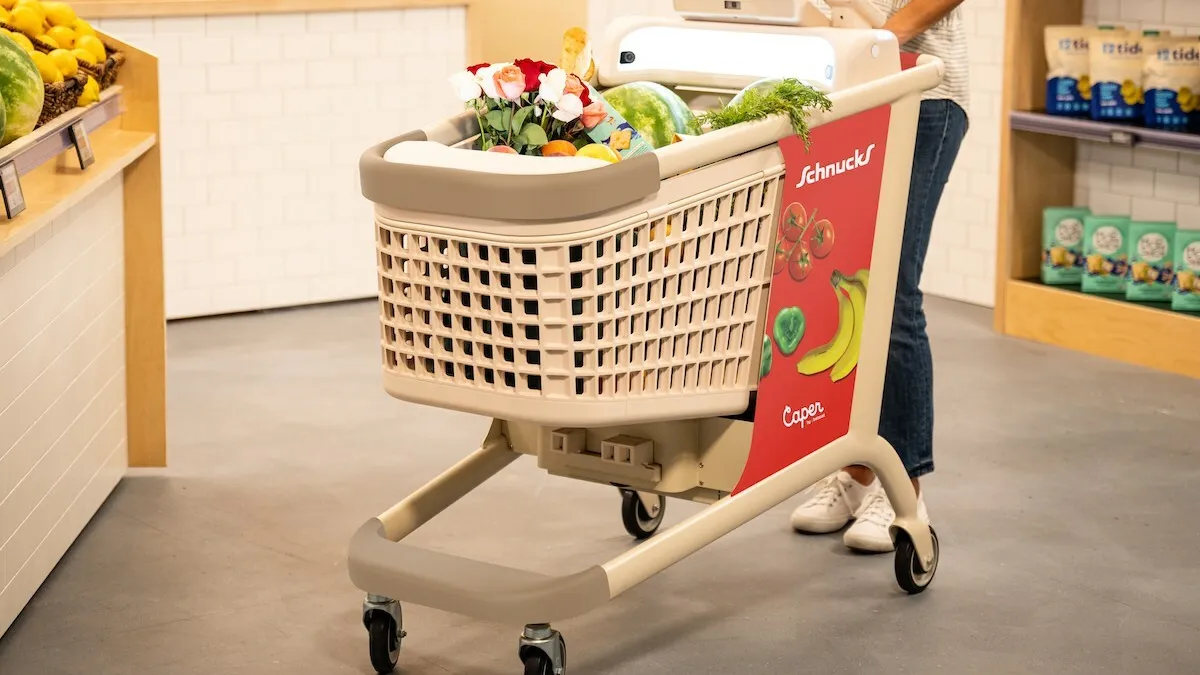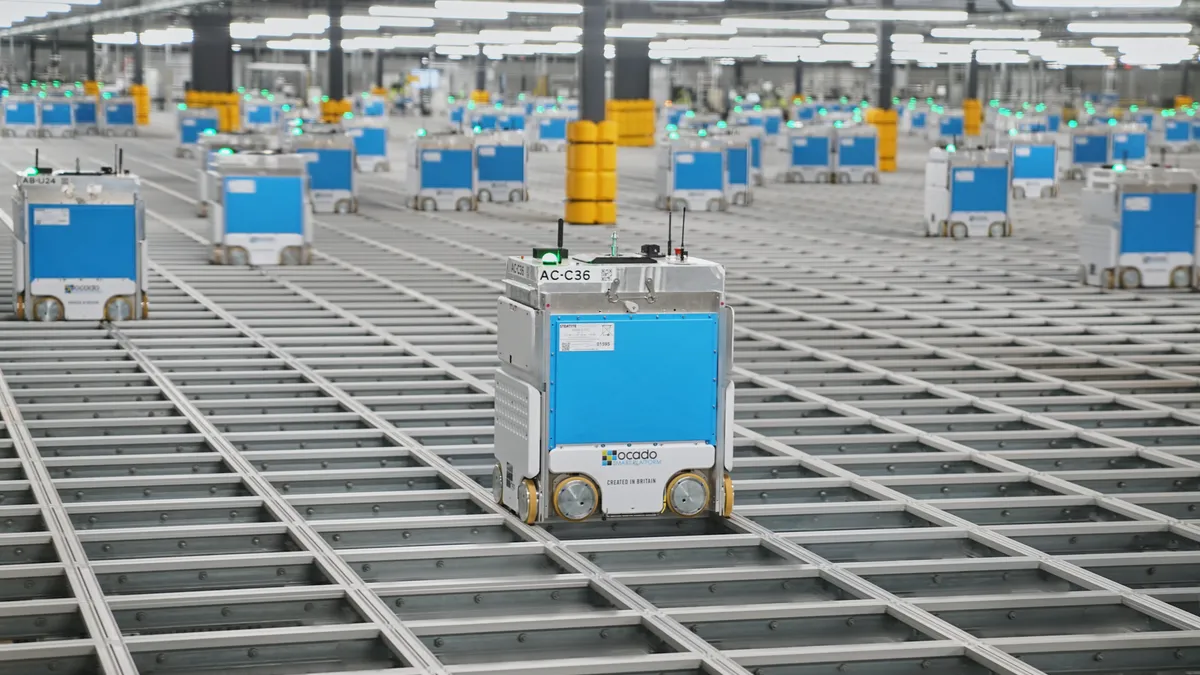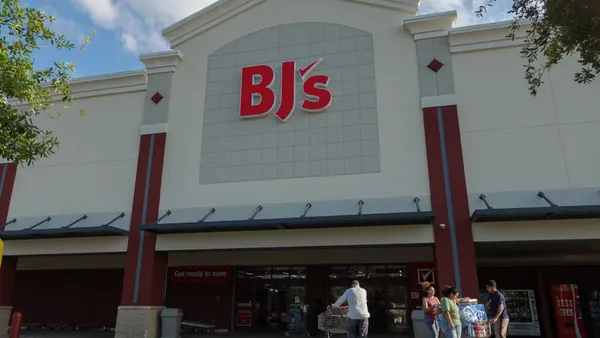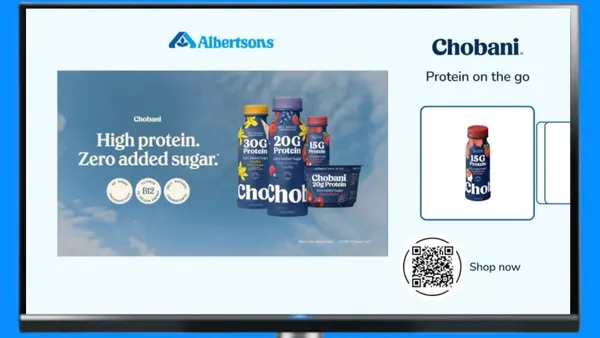As Instacart faces the departure of its CEO, Fidji Simo, the grocery technology company is poised to stay the course its high-profile top executive helped lay out, its CFO said at a recent conference.
Simo, who is leaving after four years at Instacart to become CEO of OpenAI Applications, “really set up a foundation” for the company to continue achieving the double-digit growth across key financial metrics it has recorded for the last several consecutive quarters, CFO Emily Reuter said during the J.P. Morgan Global Technology, Media and Communications Conference earlier this month.
Instacart has said it will replace Simo with an internal candidate. While it’s easy to imagine that a new CEO could shift Instacart’s priorities, Reuter said that likely won’t be the case.
“The priorities remain the same, which is that we continue to be incredibly excited about the overall market opportunity, and really, our goal as the category leader … is to continue to drive online penetration,” she said.
Amid the changing macro-environment, consumers’ use of online grocery shopping services hasn’t wavered due to the combination of essential goods and convenience that e-commerce provides, Reuter noted.
Instacart executives have long told investors that there is ample room to increase market share and penetration of grocery e-commerce. Doing that, though, requires not only continuing the business strategy that Instacart has already laid out for itself, but also refining several areas of the business, Reuter said.
“There’s not one big unlock. It’s a lot of different things that work together to ultimately continue to drive order frequency [and] user growth to ultimately get to various solid and consistent GTV growth that we’ve had for many quarters in a row now,” Reuter said.
Reuter’s comments firmly plant Instacart as a provider of grocery technology and e-commerce — a position that took Instacart several years to cement amid industry skepticism about the company’s ambitions.
Growing the user base by attracting new users and bringing people back who tried but then left Instacart is an untapped opportunity, Reuter said. For existing users, Instacart sees potential in incentivizing particular shopping behaviors, she said, without providing specifics.
Instacart's financial performance has improved since its IPO
Instacart continues to work on improving order quality, Reuter said, noting that the company’s number of fulfilled orders without errors has increased 15% over the last three years. This has helped boost the company’s ability to retain customers.
Expanding the variety of use cases, which Instacart has done through its Uber Eats partnership, is another vital area, she said. Instacart has found that listing restaurants brings people back to Instacart throughout the week, and they spend more incremental dollars on groceries, she added. As a result, Instacart sees “a lot of runway” with its restaurant partnership, Reuter said, without specifying future plans.
Instacart’s decision to lower its minimum order basket size to $10 for Instacart+ members, meanwhile, is driving increased order frequency, incremental GTV and increased adoption of Instacart+, Reuter said.
“We certainly don't want to put people in a position where a fee means that I'm going to think about [not placing a small order] or think about going to another platform,” she said.
Instacart’s scale and density of its orders as well as its improved operational capabilities allow the company to layer on smaller baskets more effectively than if it had tried to do so a few years ago, Reuter said.
“It’s these platform benefits from getting better at what we do in the core business, adding additional use cases, finding opportunities to drive affordability that together result in … really strong growth,” Reuter said.











